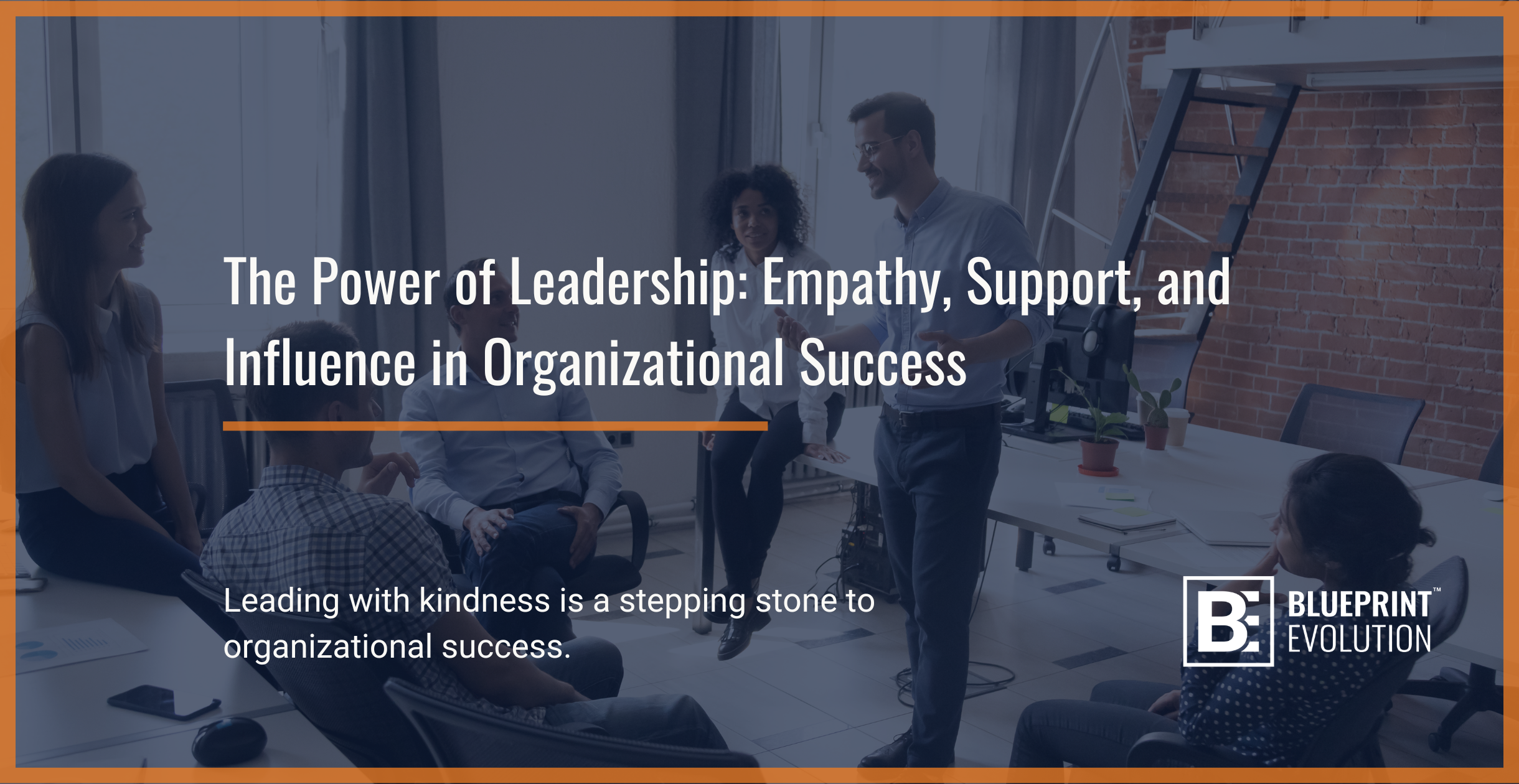Leadership is the heartbeat of any organization. While strategy, innovation, and resources play essential roles, leadership inspires people to stay, grow, and contribute at their best. But when leadership fails to connect, support, or guide effectively, it drives talent away—even from roles employees otherwise love. Recent data continues to underscore this reality, painting a clear picture of just how deeply leadership can shape—or shake—an organization’s success.
What the Numbers Are Saying
-
- Ineffective leadership is a top reason employees leave.
81% of employees have left a job due to poor leadership—more than half say it’s happened more than once. This isn’t an anomaly; it’s a pattern that reveals widespread, unresolved leadership gaps. - Empathy tops the leadership wish list.
When asked to choose between empathy, active listening, decisiveness, and feedback, most employees say they wish their leaders were more empathetic. Empathy isn’t a “nice-to-have” in today’s workplace—it’s essential. - People leave managers, not companies.
70% of employees say poor management support was the #1 reason they left a job they otherwise loved. This is a clear reminder that leadership directly impacts retention. - Motivation is suffering.
Only 21% of employees strongly agree that their performance is managed in a way that motivates them to excel. Leadership that fails to nurture growth risks missing out on excellence. - Strong leadership drives business outcomes.
According to DDI’s Global Leadership Forecast, companies with strong leadership development programs are 4.2 times more likely to outperform competitors financially. - Effective leaders boost retention.
Harvard Business Review found that employees who rate their managers highly effective are 5 times more likely to stay with their organization long-term.
- Ineffective leadership is a top reason employees leave.
Connecting the Dots: The Leadership Equation
What these numbers tell us is simple but significant: leadership quality is directly linked to retention, morale, performance, and business success.
Leadership is not just about titles or decision-making. It’s about building trust, offering support, and creating an environment where people thrive. When leaders lack empathy, fail to communicate clearly, or neglect to offer meaningful feedback, they create environments of disengagement, uncertainty, and burnout.
While poor leadership pushes people away, effective leadership does the opposite—it strengthens retention, builds a positive culture, and drives strong business results. Leaders who commit to these practices create the psychological safety employees need to take risks, innovate, and collaborate.
Key Traits of Effective Leadership
Organizations that develop strong, people-centered leaders prioritize these key traits:
-
- Empathy – Recognizing and validating the experiences of others
- Active Listening – Genuinely hearing, validating, and responding to employee feedback
- Decisiveness – Making timely, clear, and transparent decisions, especially during uncertainty
- Clarity – Communicating expectations and changes transparently
- Adaptability – Navigating challenges with flexibility, resilience, and composure
- Coaching & Feedback – Offering regular, constructive, and supportive guidance
- Integrity – Modeling ethical behavior and building trust at every level
- Vision – Inspiring a shared purpose and a compelling long-term direction
- Empathy – Recognizing and validating the experiences of others
Why This Matters for Organizational Success
When organizations invest in leadership development and hold their leaders accountable for people-centered behaviors, they reap tangible benefits:
-
- Higher retention and lower turnover
- Greater employee engagement and productivity
- Stronger cross-team collaboration
- Increased resilience during change
- Enhanced brand reputation and customer satisfaction
- Higher retention and lower turnover
Leadership isn’t just about being in charge—it’s about being someone people want to follow. It is about trust, connection, and influence. When done well, it doesn’t just move teams forward—it transforms entire organizations.







